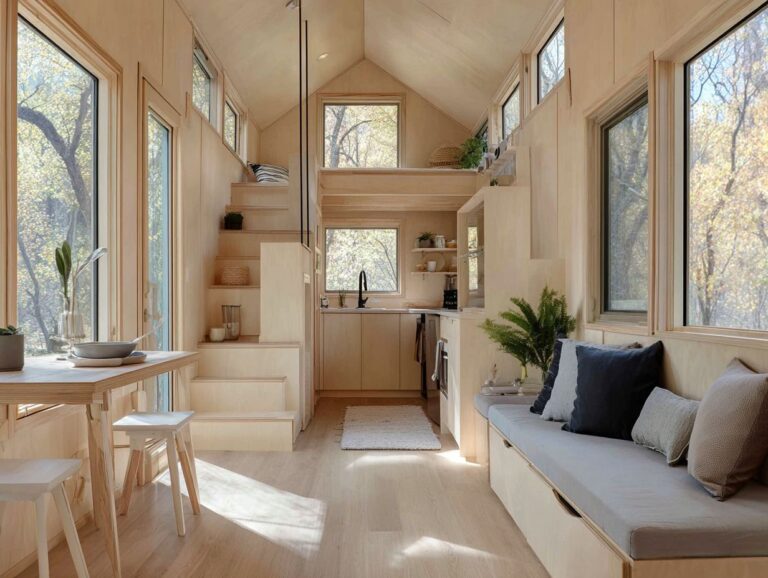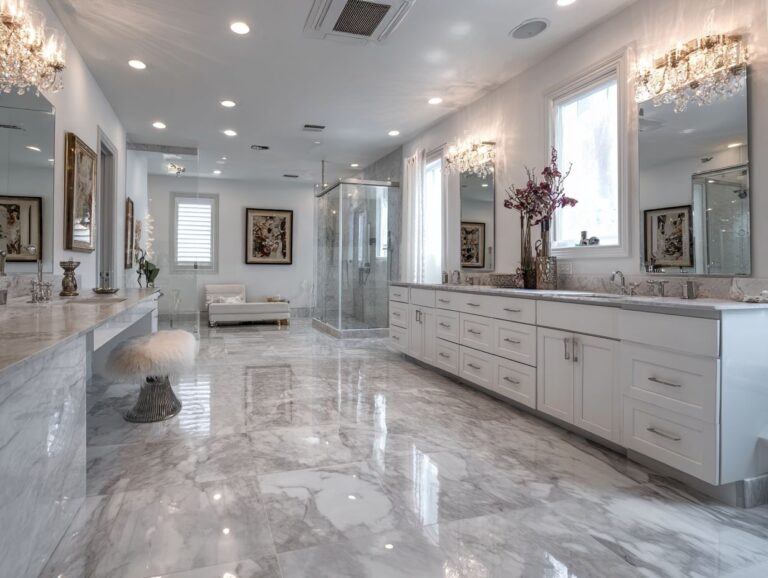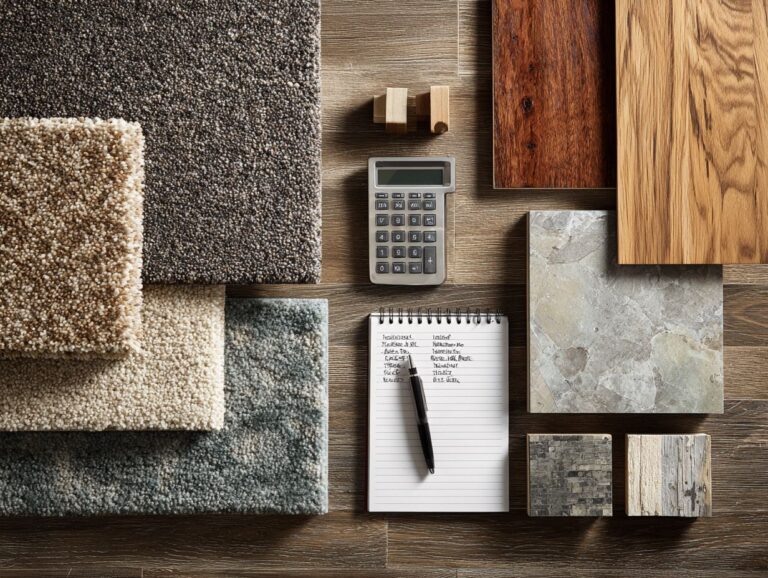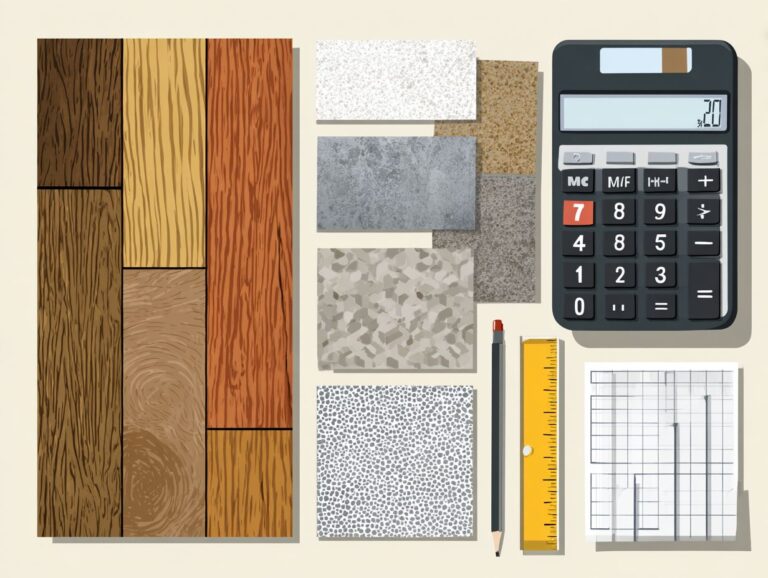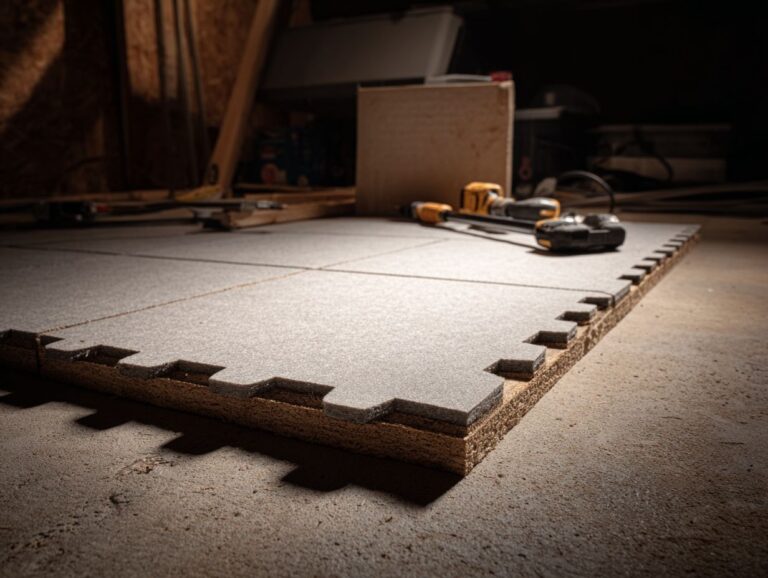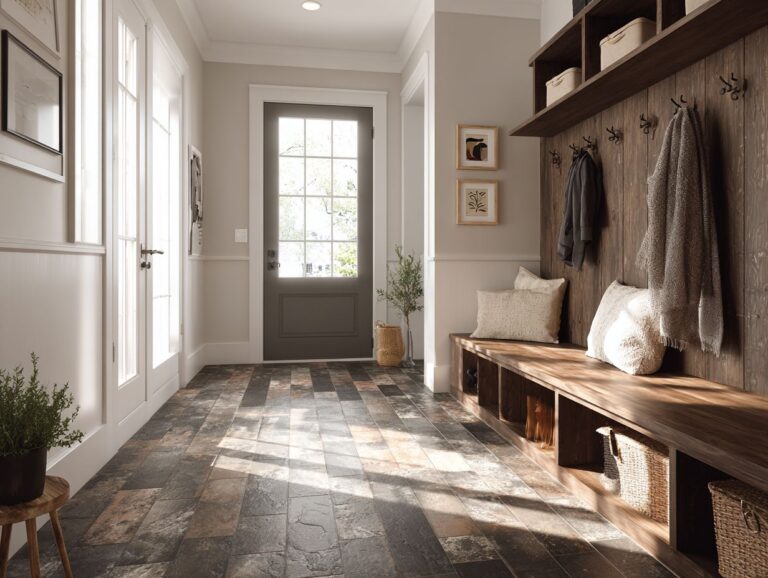Coastal Living Flooring – Beach House Inspiration
Contents
- Introduction to Coastal Living Flooring
- Types of Flooring for Coastal Homes
- Coastal Flooring Trends for Beach Homes
- Color Palettes for Coastal Flooring
- Durability and Maintenance Considerations
- Design Ideas for Coastal Flooring
- Eco-Friendly Flooring Options
- Frequently Asked Questions
- What is Coastal Living Flooring?
- What types of flooring fall under Coastal Living Flooring?
- How can I use Coastal Living Flooring in my beach house?
- What are the benefits of Coastal Living Flooring?
- Can I use Coastal Living Flooring in non-coastal homes?
- Are there any specific color or design options for Coastal Living Flooring?
Introduction to Coastal Living Flooring
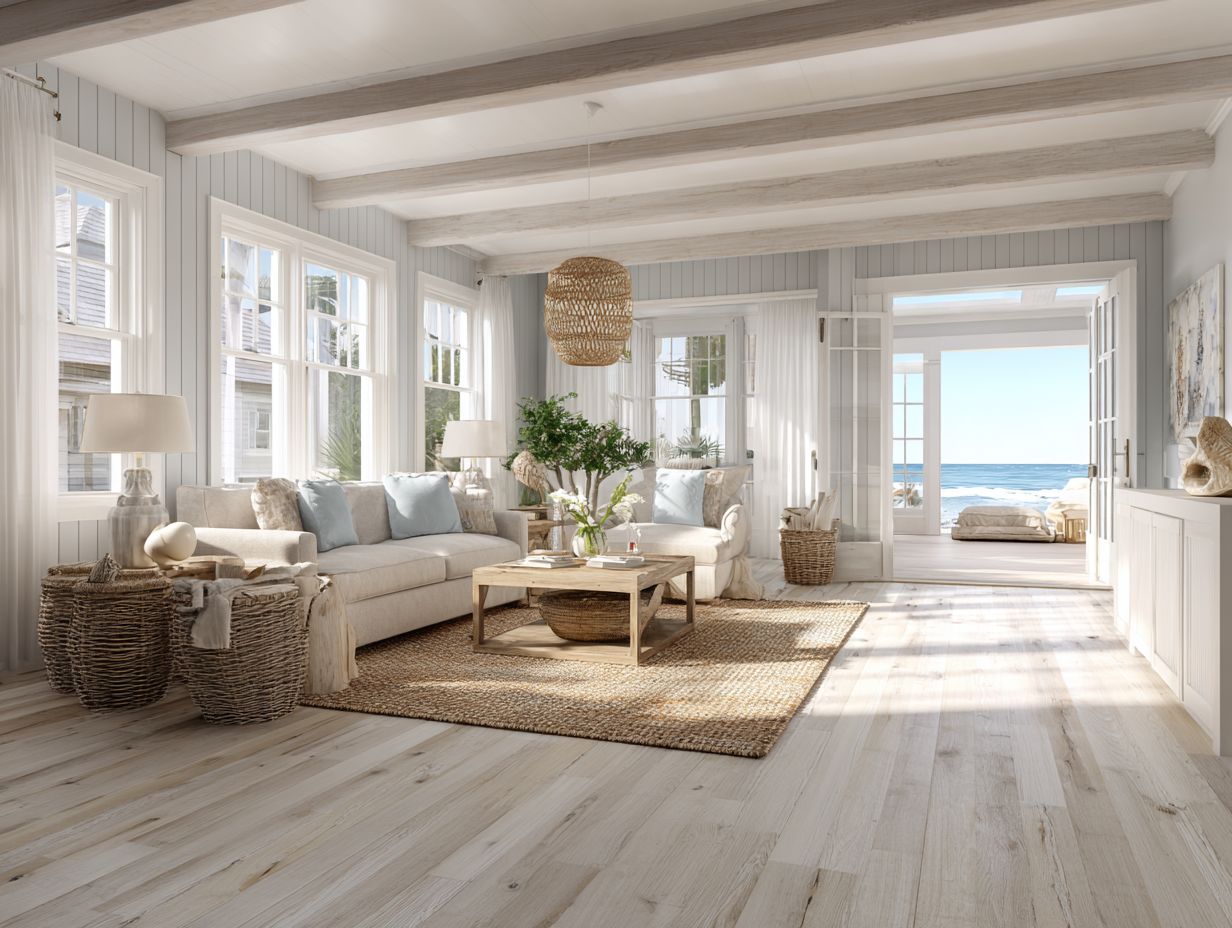
Key Takeaways:
Understanding Coastal Aesthetics
Coastal aesthetics emphasize natural elements, often incorporating light colors, textures, and materials that reflect the surrounding environment.
This style thrives on airy designs that evoke tranquility. For example, using whites and soft blues for walls can mirror the ocean’s waves.
Using natural materials like rattan furniture or driftwood accents makes a space feel more genuine. Successful coastal decor often features large windows that invite in natural light, creating an open feel.
Consider adding ocean-inspired artwork or seashell decor to reinforce the theme. This method makes a space look nicer and creates a calm feeling similar to living by the beach.
The Importance of Flooring in Beach Houses
Picking the right flooring for beach homes is important since it affects comfort and how well the floors handle moisture, which influences how easy it is to maintain over time.
Consider materials like vinyl planks and ceramic tiles, which offer superior moisture resistance.
For example, luxury vinyl plank (LVP) mimics wood appearance, providing warmth while being easy to clean and resistant to water damage.
On the other hand, ceramic tiles are durable and ideal for high-traffic areas but feel cooler underfoot. Area rugs can soften these surfaces, enhancing comfort.
Regular maintenance, such as sweeping and occasional mopping, will prolong the life of your flooring choices, ensuring they remain attractive and functional.
Types of Flooring for Coastal Homes
Choosing the right flooring can improve the look and use of coastal homes, helping them stand up to environmental demands.
Coastal Flooring Trends for Beach Homes
Coastal Flooring Trends for Beach Homes
Beach House Flooring Options: Flooring Costs
Beach House Flooring Options: Durability Ratings
Beach House Flooring Options: Maintenance Effort
The Coastal Flooring Trends for Beach Homes data examines various flooring options suited for coastal environments, focusing on cost, durability, and maintenance effort. Considering the specific issues with beach homes, like moisture and sand, choosing the right flooring is important for both looks and durability.
Beach House Flooring Options give details on four common materials:
- Ceramic Tiles: Priced at $35.0, ceramic tiles are a cost-effective choice, offering the highest durability with a score of 45.0. They do not get damaged by water or scratches, which makes them perfect for houses near the beach. However, they need the most upkeep, with a rating of 55.0, due to grout cleaning and the potential for cracking.
- Engineered Wood: Also priced at $35.0, engineered wood offers a warm, traditional look. It scores 35.0 for durability, making it more likely to absorb moisture compared to tiles. The maintenance effort is relatively low, scored at 35.0, but care is needed to prevent water damage and warping.
- Laminate: At a cost of $55.0, laminate flooring is an affordable alternative to hardwood, with a durability rating of 35.0. It offers moderate maintenance ease at 45.0, being easier to clean than ceramic but potentially susceptible to moisture damage without proper sealing.
- Luxury Vinyl: Priced at $44.0, luxury vinyl combines durability and aesthetic appeal, scoring 44.0 in both durability and maintenance effort. It looks like wood or stone and is very resistant to water and scratches, making it a good choice for busy areas in beach homes.
In summary, the choice of flooring for a beach home involves balancing cost, durability, and maintenance requirements. Ceramic tiles offer high durability but require significant upkeep. Engineered wood provides aesthetic warmth with moderate maintenance. Laminate offers affordability and ease of cleaning, while luxury vinyl stands out for its combination of durability and low maintenance. Homeowners should think about these factors based on their own needs and local settings to build a durable and attractive coastal home.
Hardwood Flooring
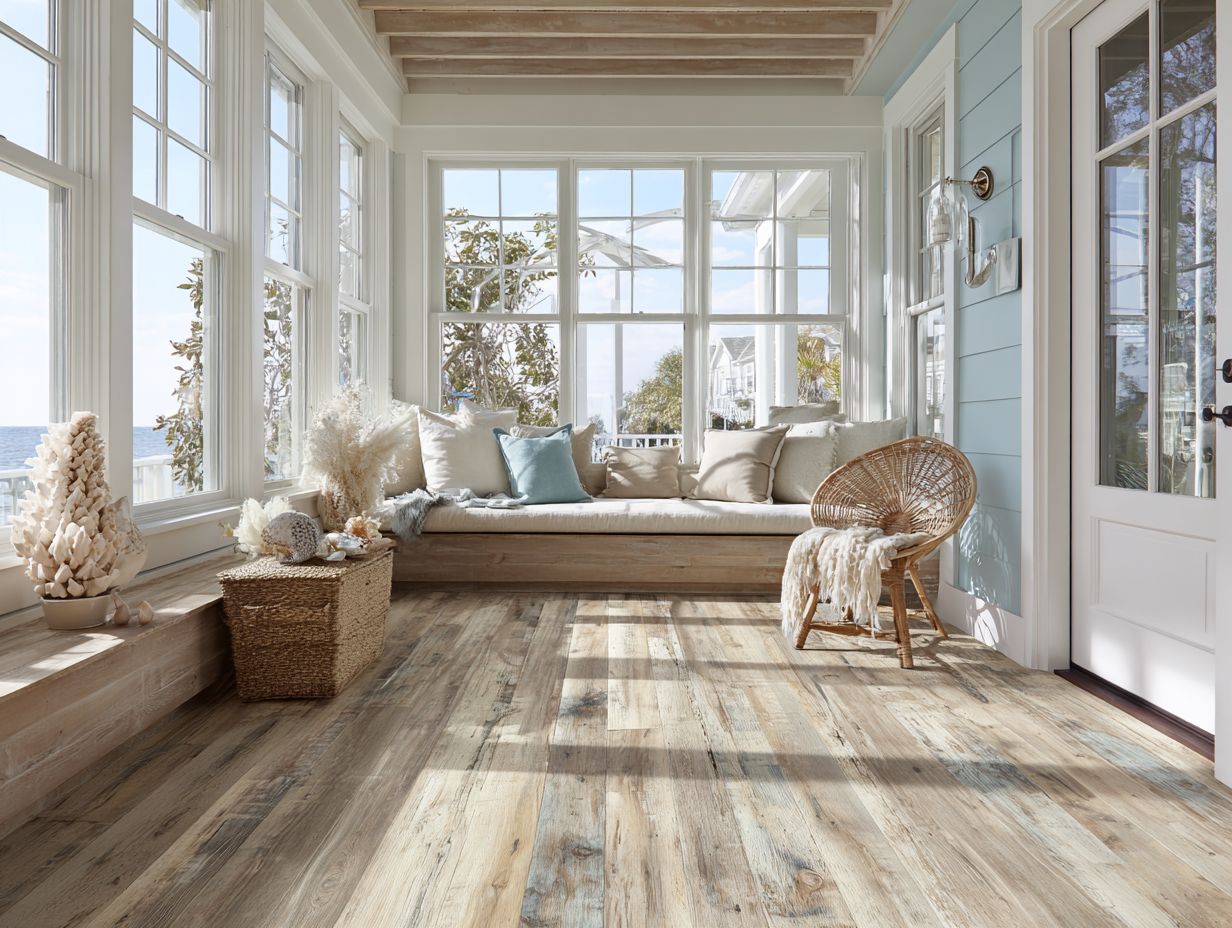
Hardwood flooring brings elegance and warmth to coastal homes, with options like engineered wood providing better moisture resistance than traditional hardwood.
Using species like White Oak or Brazilian Cherry can make floors more durable and attractive. White Oak, known for its tight grain, resists warping and is less prone to swelling in humid environments.
Regular upkeep is important; set up a schedule that includes sweeping and using a mild cleaner to avoid harm from saltwater. Consider installing area rugs or mats in high-traffic zones for added protection.
The right hardwood can create a seamless transition between indoor and outdoor living spaces, perfectly complementing coastal dcor styles.
Luxury Vinyl Plank (LVP)
Luxury Vinyl Plank (LVP) offers a stylish, water-resistant flooring solution ideal for the beach house environment, mimicking the appearance of natural wood or stone.
Beyond aesthetics, LVP’s moisture resistance makes it perfect for high-humidity areas, safeguarding against water damage.
When comparing brands, CoreLuxe is known for its strong durability, priced at about $3.50 per square foot, while NuCore provides good affordability at roughly $3.00 per square foot.
Both brands are easy to install and maintain, making them popular with homeowners. Choosing LVP flooring means you will have attractive, easy-to-care-for floors that last 10-25 years. For those exploring different design considerations, our article on textured versus smooth flooring provides additional insights.
Tile Flooring
Tile flooring, especially ceramic, is a highly durable and stylish option for coastal homes, providing excellent moisture resistance and easy maintenance.
For homes by the sea, glazed ceramic tiles are a good choice because they have bright colors and a shiny surface that bounces sunlight nicely.
Porcelain tiles are an excellent option because they are strong and do not crack easily, which makes them perfect for areas where many people walk.
When installing, use a flexible thin-set mortar specifically designed for wet environments to prevent shifting.
Design-wise, opt for sandy beige or ocean blue hues to evoke a seaside atmosphere.
Both types typically range from $3 to $10 per square foot, depending on quality and design.
Carpet Options for Coastal Living
While often overlooked, carpet options can add warmth and comfort to coastal homes, especially in indoor spaces like bedrooms and cozy nooks.
For areas near the coast, selecting carpets made from solution-dyed nylon is a great choice because this material can withstand moisture and greatly lowers fading from the sun.
Consider carpets with stain-resistant treatments to handle spills from beach-goers. Regular cleaning with a vacuum designed for high-pile carpets can maintain the appearance and prolong their life.
Implementing area rugs in key spots can further protect your main carpet, allowing for easy maintenance and replacement. These strategies help your coastal home stay fashionable while functional.
Color Palettes for Coastal Flooring
Choosing the right colors can help create a seaside atmosphere in a home, emphasizing shades that remind people of the shore and sea.
Neutral Tones and Their Impact
Neutral tones like beige and soft whites create a serene atmosphere in coastal homes, allowing for flexibility in decor and furniture choices.
Adding neutral colors like cool grays and soft pastels increases the light and open feeling of coastal interiors. For instance, using a light gray can evoke calmness and balance, as seen in a recent beach house renovation in Cape Cod, where soft gray shiplap cladding complemented the natural light.
Similarly, soft seafoam green adds a hint of coastal charm without overwhelming the space, perfect for a living room paired with whitewashed furniture.
These colors reflect the coastal environment and encourage feelings of calm and peace.
Incorporating Blues and Greens
Blues and greens bring to mind the ocean and sky, making them ideal choices for floors in beachside homes to give a coastal feel.
Consider using a soft seafoam green like Benjamin Moore’s “Ocean Aire” for a tranquil look, perfect for bedrooms or living areas.
For an airy feel, a pale sky blue such as Sherwin-Williams’ “Rainwashed” works beautifully in kitchens or bathrooms.
Pair these shades with natural wood or whitewashed finishes to create a serene, coastal aesthetic. Vinyl planks in aqua shades are eye-catching and practical. They are easy to clean, which is great for busy areas like entryways.
Accent Colors for a Beachy Vibe
Accent colors inspired by coastal elements can enliven flooring designs, adding visual interest and a touch of warmth to beach houses.
Consider using soft blues and seafoam greens to evoke the soothing tones of the ocean. Pair these with sandy beige or crisp whites to create a balanced palette.
Striped patterns like those on beach umbrellas can add a fun and stylish element. For example, a light blue area rug with white stripes could work beautifully over natural wood flooring, enhancing the coastal theme.
Tools like Houzz can help visualize these combinations, providing photos of successful applications in real settings.
Durability and Maintenance Considerations
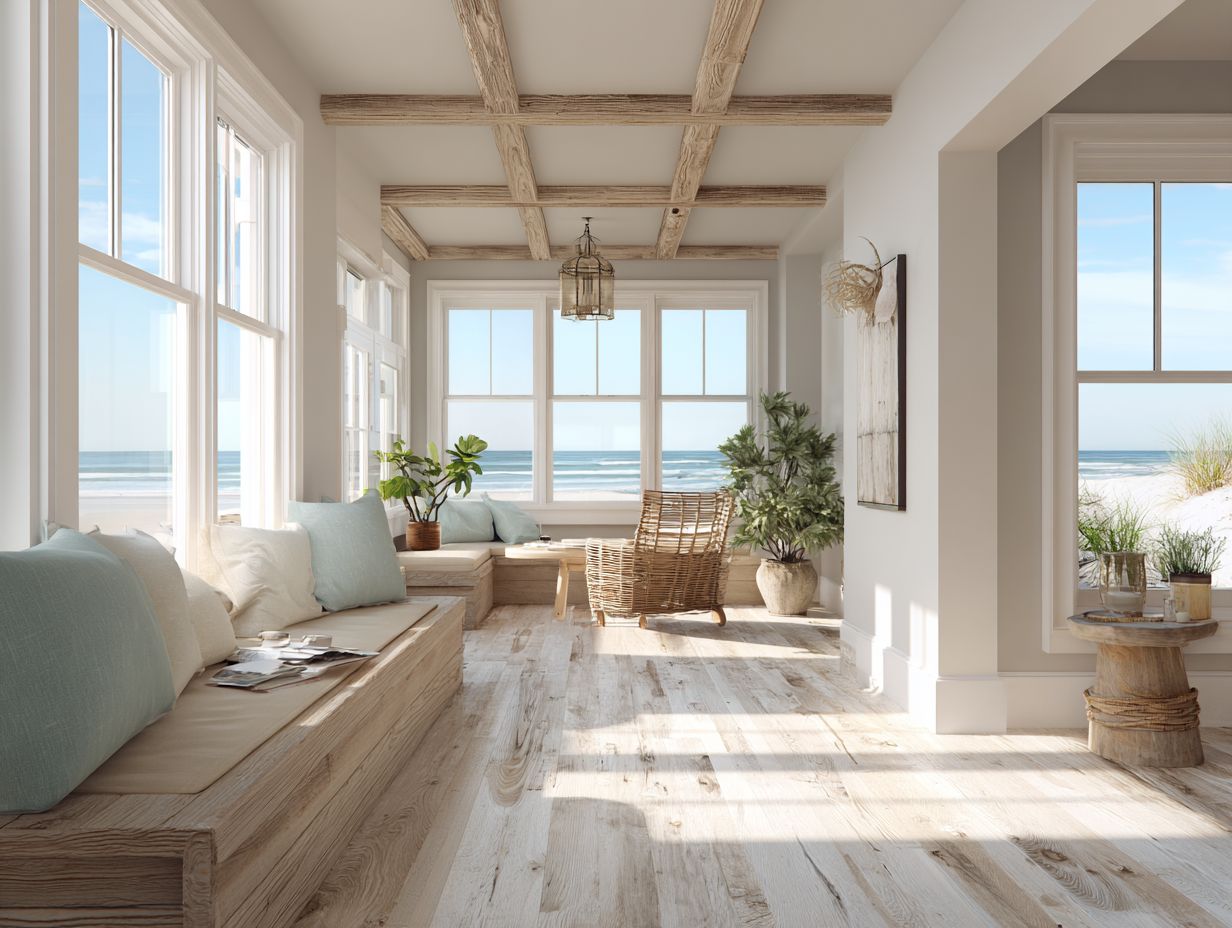
Durability and upkeep are important when choosing flooring for homes by the coast, as it needs to endure moisture, sand, and constant use.
Water Resistance Features
Water resistance is an essential feature for flooring in coastal homes, influencing the longevity and upkeep of your investment.
When choosing water-resistant flooring, consider Luxury Vinyl Plank (LVP) and ceramic tile.
LVP has a waterproof base and usually includes a surface layer that prevents scratches and stains, ideal for busy spaces. On the other hand, ceramic tiles are naturally water-resistant and easy to clean but require proper grout sealing to prevent moisture infiltration.
Both options provide durability, but LVP can be more cost-effective with easy installation. Assess your budget and aesthetic preferences to select the best fit for your coastal home.
Cleaning and Care Tips
Maintaining coastal flooring needs specific cleaning methods suited to the material. This makes it more durable and visually appealing.
For hardwood floors, use a mixture of vinegar and water to gently clean without damaging the finish. Microfiber mops are ideal for routine dusting.
To clean tile and stone surfaces, blend baking soda with water to remove stains without harsh chemicals. Schedule a deep cleaning every three months to get rid of dirt.
Use safe sealants annually to protect surfaces from moisture, particularly due to the coastal humidity. These practices protect your flooring and help create a healthier indoor space.
Design Ideas for Coastal Flooring
Choosing practical design elements can enhance the appearance and functionality of coastal flooring, creating a more inviting atmosphere in living spaces.
Open Concept Living Spaces
Open-concept living areas benefit from consistent flooring designs that improve flow and connection between indoor and outdoor spaces.
Using coastal flooring options like wide-plank oak or whitewashed bamboo establishes a light, airy feel.
Consider a seamless transition from the kitchen to the living area with a durable, water-resistant vinyl that mimics natural wood; this choice is perfect for homes in humid climates.
To create visual interest, lay down different patterns in dedicated zones, such as a herringbone design for the entryway.
Make sure your flooring matches features like big windows and light-colored walls, creating a smooth and cohesive look.
Creating Cozy Nooks
Small corners in beachside homes create a welcoming area for rest and refreshment, and the right flooring can add to the appeal and coziness of these personal spots.
For a warm and inviting atmosphere, consider materials like natural hardwood, which adds elegance and pairs beautifully with coastal decor.
Bamboo is an excellent option because it is good for the environment and feels soft, making it perfect for small areas.
If comfort is your priority, plush area rugs made from wool or a soft synthetic blend can add warmth and texture.
Pair these flooring options with light, airy colors to create a calm, coastal feel, turning your corner into a peaceful getaway.
Outdoor-Indoor Flow
Choosing the right flooring is important for creating a smooth transition between the outside and inside of coastal homes, improving the overall living experience.
To bridge outdoor and indoor spaces effectively, opt for materials that withstand humidity and provide a cohesive aesthetic. Porcelain tiles that mimic real stone are durable and waterproof, making them ideal for outdoor areas and living rooms.
Consider composite decking, which can extend seamlessly into indoor spaces via sliding glass doors. A consistent color palette-like earthy tones or subtle grays-further ties the areas together.
Using area rugs can delineate zones while complementing the flooring, creating a harmonious flow.
Eco-Friendly Flooring Options
Homeowners can choose environmentally friendly flooring that supports sustainability and matches the style of coastal living. For those interested in integrating natural elements, exploring our insights on Biophilic Design and Natural Flooring Materials can provide unique inspiration.
Sustainable Materials
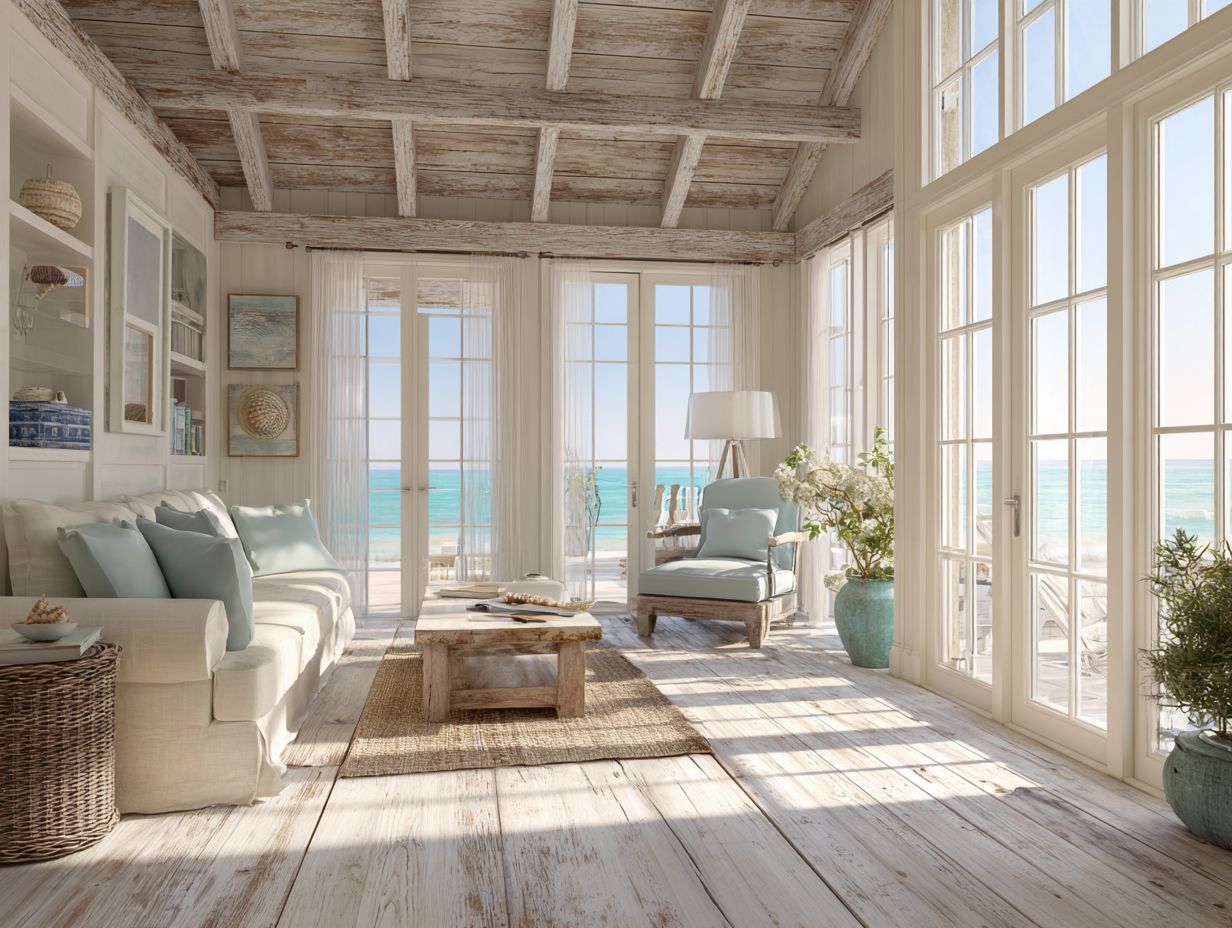
Sustainable materials like bamboo and cork are ideal for coastal homes, offering both environmental benefits and chic designs.
Bamboo costs around $5-$8 per square foot. It is durable and does not get damaged by water or pests, making it suitable for places close to water.
Cork, ranging from $3-$6 per square foot, provides excellent insulation and comfort underfoot while being naturally antimicrobial.
Consider using a wide plank installation for a modern aesthetic, or opt for a herringbone pattern for a classic look.
Regular care means sweeping and mopping with a damp mop sometimes. Use pH-neutral cleaners to keep your floor in good condition for a long time.
Reclaimed Wood Choices
Reclaimed wood choices provide a rustic charm that complements coastal decor while promoting sustainability through recycling.
To source reclaimed wood for coastal flooring, consider local suppliers specializing in salvaged materials or online marketplaces like Craigslist and Etsy.
Look for woods like oak or pine that are resilient against humidity. The cost typically ranges from $3 to $8 per square foot, depending on the quality and rarity.
Design-wise, pair the wood with light shades of paint and natural fiber rugs to create a coastal look. Incorporating accents like driftwood furniture can further unify the theme, creating a cohesive and inviting space.
Final Thoughts on Coastal Living Inspiration
Ideas from coastal living can turn your home into a peaceful escape, where the right flooring improves the overall feel.
Choosing flooring that matches coastal style can make a big difference.
Consider light-colored wood or laminate options, such as white oak, which evoke sandy shores. For a special look, check out textured vinyl planks that withstand moisture and look like rustic seaside designs.
Using area rugs in sea-inspired hues can further tie the room together, providing comfort underfoot while echoing the ocean palette.
By prioritizing light, durable materials, you can create a cohesive coastal feel that promotes tranquility and ease in your living space.
Resources for Further Exploration
Homeowners looking for ideas and help with coastal flooring choices can find many resources.
Check out these websites for detailed information:
- Houzz offers a collection of coastal design ideas,
- while The Spruce provides practical flooring tips specific to beach homes.
For a deeper dive, check out ‘Coastal Living: Inspired Design for a Beach Home’ by Lauren H. McMillan, which showcases real-life projects. Subscribing to ‘Floor Covering News’ magazine can keep you updated on the latest trends and technologies in coastal flooring.
These resources will help you see your space and make informed buying choices.
Frequently Asked Questions
What is Coastal Living Flooring?
Coastal Living Flooring is a type of flooring that is inspired by the laidback and relaxed style of beach homes, creating a coastal feel in any space.
What types of flooring fall under Coastal Living Flooring?
Coastal Living Flooring can include a variety of options such as hardwood, laminate, vinyl, and tile, all with a coastal twist.
How can I use Coastal Living Flooring in my beach house?
Coastal Living Flooring is perfect for beach house interiors, adding a touch of the beach without being too literal. It can be used in living rooms, bedrooms, and even kitchens.
What are the benefits of Coastal Living Flooring?
Coastal Living Flooring looks nice, lasts a long time, and is simple to clean. It handles heavy use and doesn’t get damaged by water or scratches, making it ideal for a beach house.
Can I use Coastal Living Flooring in non-coastal homes?
Absolutely! Coastal Living Flooring can add a relaxed and serene vibe to any home, not just beach houses. It is a flexible choice that fits well with many interior designs.
Are there any specific color or design options for Coastal Living Flooring?
Coastal Living Flooring comes in a wide range of colors and designs, such as light and airy tones, distressed wood looks, and even patterns that resemble beach sand. There is something for all tastes and choices.
